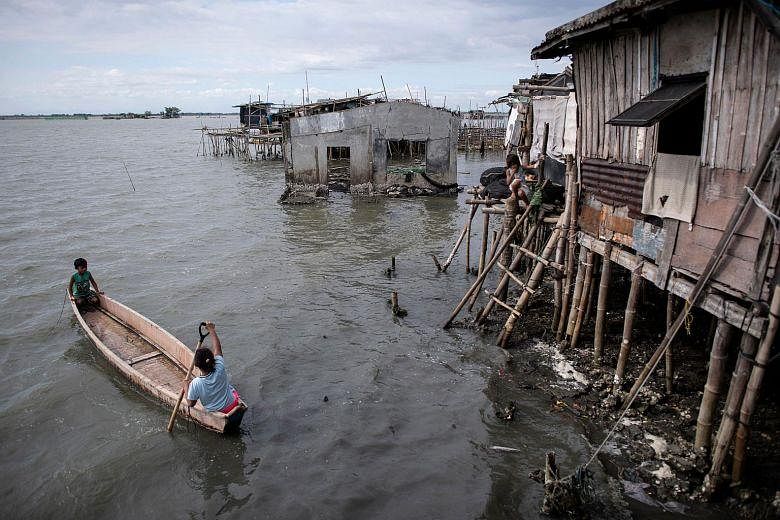With climate change causing ice sheets to melt and sea levels to rise, coastal cities and island nations like Singapore are exploring solutions to fortify their coastal defences.
Singapore is considering engineering strategies such as empoldering, a land reclamation technique, along its eastern coast. It is also looking into reclaiming a series of offshore islands, Prime Minister Lee Hsien Loong said in his National Day Rally speech last month.
But an upcoming report by the United Nations' Intergovernmental Panel on Climate Change (IPCC) will shine the spotlight on how nature could be an ally for nations seeking to avoid the impact of climate change.
Dr Phillip Williamson, one of the authors of the report, said there are many types of nature-based solutions.
Natural coastal protection strategies could include restoring vegetated wetlands such as mangroves, salt marshes and seagrass meadows. These could reduce shoreline erosion, and provide storm protection and nursery grounds for fisheries.
"Offshore, coral reefs assist with coastal protection, among other benefits. Such ecosystems can therefore assist in adaptation to climate change and - where they occur - should be retained wherever possible," he added.
Dr Williamson, from the University of East Anglia and the Natural Environment Research Council in Britain, was commenting on general trends.
He noted that natural habitats could themselves be vulnerable to rising temperatures and other effects of climate change. They also might not give as much storm protection to coastal cities as well-designed hard defences such as sea walls or breakwaters.
Dr Williamson stressed that the relative merits of ecosystem restoration or creation depend on local conditions.
National University of Singapore Emeritus Professor Chou Loke Ming, a marine biologist, said that all habitats, from coral reefs to mangroves, can protect shorelines from storm surges.
Prof Chou, who is not involved in the IPCC report, added: "But because of the rate of sea-level rise, we cannot expect them to perform this role on their own, even with the best restoration efforts."
He said that Singapore's best coastal defence bet is most likely to be a mix of traditional and nature-based engineering, such as strategies to encourage coral growth on sea walls.
"This could have the added benefit of bringing people closer to nature," he pointed out.


